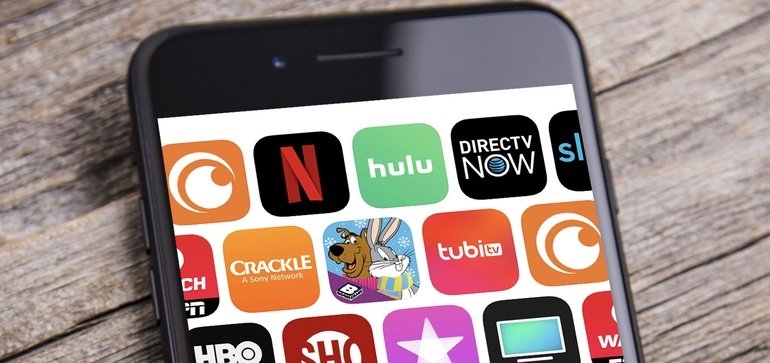The Future of Digital Communication: Why 5G Needs the Edge
The Future of Digital Communication: Why 5G Needs the Edge

Much of today’s mainstream conversations around connectivity focus on 5G. Whether for homes, cities, vehicles, retail or health and wellness, the fifth generation of connectivity promises to unleash unlimited potential for the tens of billions of Internet of Things (IoT) devices currently in use, as well as those waiting to emerge. But there’s another conversation centered around the “edge,” which has been taking place at least since the 1990s when Akamai launched its content delivery network (CDN). It’s worth sharing the Akamai story because it provides historical context for why the edge was conceived.
The History of Akamai
While teaching at Massachusetts Institute of Technology (MIT) in early 1995, the World Wide Web inventor Tim Berners-Lee anticipated the congestion that would eventually follow as more people had access to computers and the Internet.He challenged his MIT colleagues to invent an advanced method for delivering content like images and video. A team began developing mathematical algorithms that could “intelligently route and replicate content over a large network of distributed servers” located geographically closer to end users. The result was Akamai, which many companies across the globe now rely on to distribute content.
If Berners-Lee and his MIT colleagues who founded Akamai proved the edge does not need 5G, but 5G needs the edge. Here’s why: As carriers and network operators continue to build out public and private 5G networks and deploy millions of sensors that will connect wirelessly with IoT devices, the edge will be essential in enabling these networks of people and devices to share data quicker and communicate in real time. It will also be essential for enabling the next generation of consumer and enterprise applications and services. These are largely edge native.
Developed at a lower cost and faster to deploy, these edge-native applications depend on edge computing architecture to ensure mobile, high-speed performance and low latency, as well as privacy and security. That’s especially important for enterprises when considering the millions of employees who are working from home during this global pandemic. IDC predicts that by 2022 more than 40 percent of enterprises’ cloud deployments will include edge computing.
Using The Edge
According to Marketing Dive, smartphone cellular data consumption surged 75% in March 2020 from March 2019 as a result of people using their mobile devices during lockdowns for social media, video conferencing and streaming. In fact, video content accounted for more than 70% of mobile data traffic. WIRED reported that among the world’s 2.5 billion active gamers and e-sports professionals, a majority are now playing from a mobile device. With that tremendous demand for cloud storage and bandwidth expected to increase, edge has become even more significant to the connectivity conversation.
The use cases are compelling across every industry, from smart cities, smart homes and connected vehicles to telemedicine and industrial IoT, where real-time monitoring of assets at the edge can reduce operating costs, risks to workers and downtime. Cities across the globe are currently in experimental stages or have already deployed millions of sensors to collect data for improving traffic flow, pedestrian safety, the environment and overall quality of life. By uploading information to a nearby data center rather than a centralized one located hundreds of miles away, city leaders are armed with the kind of real-time insights that drive better, more cost-effective decision making.
At its core, the design, deployment and management of an IoT solution depends on the edge, which prioritizes the “first mile” rather than the last mile. In the world of Internet connectivity, bridging the last mile usually means linking the cable from the curb to the customer premises. This makes a final connection to send data and contents from the central server to the edge. In the world of IoT, however, that logic must be reversed. IoT starts with the edge and the data generated at the edge. The data is only valuable when it can be consumed by an enterprise or consumer closer to where it’s created.
Particularly from a privacy and security perspective, edge computing will be essential for 5G as COVID ushers in not only the reality of more distributed teams and organizations but also consumer demands for enhanced digital experiences.
Conclusion
There is no doubt that the edge will enable 5G to deliver on its promise to open new doors and experiences, particularly for people that otherwise would not have access to such experiences. CES® 2021 is a great example. There is no irony lost in the fact that the global stage for innovation was set in a virtual environment this year. In an opening segment from Verizon’s CEO, attendees learned just how fast the future is approaching.
In fact, it’s closer than we think because of the global pandemic and technologies invented to support a connected world. Getting those technologies, including sensors, devices, cell towers and local data centers to communicate in real time is the challenge. With edge technology, the solution is closer than we think.
The post The Future of Digital Communication: Why 5G Needs the Edge appeared first on ReadWrite.
(70)


